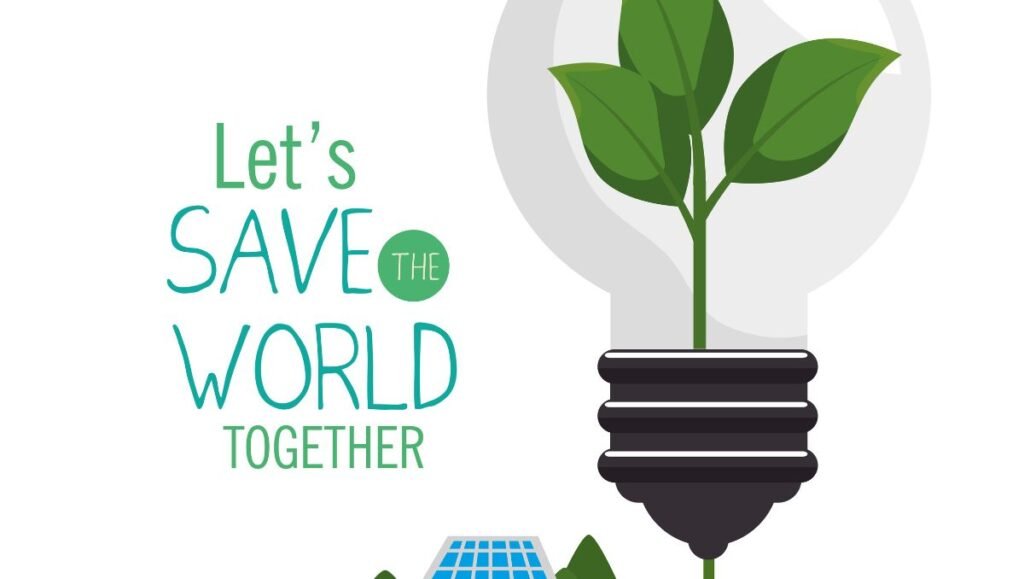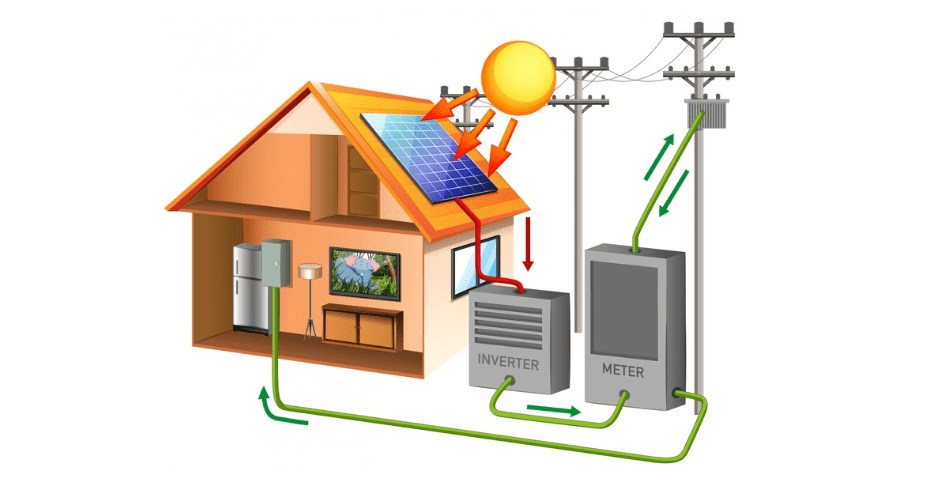Table of Contents
ToggleIntroduction
Non-conventional source of energy like wind energy offers several advantages. Due to fast depletion of conventional sources, man has to depend on Non-conventional source of energy and its conversion into electrical energy. The movement of air on earth is called wind. Winds result from differential heating of the earth and its atmosphere by the sun and are subjected to several forces altering their direction and speed of flow. Wind energy is in equal race with fossil fuels. Wind energy can be economically used for generation of electrical energy by using wind mill.
Basic components of wind energy conversion system

Energy from the wind is converted to electricity by suitable conversion system. The wind mills designed for this purpose are called wind turbines. In this case, the turbine rotor drives a generator through a gear box and generator to produce the electrical energy. The electrical energy produced depends on wind speed and size of the blades.
Various major components of a wind mill or wind turbine are
- Rotor blades – Rotor blades convert the wind energy into mechanical or rotational energy. It is usually made of fibre glass. The turbine blades material is chosen such that they posses light weight.
- Rotor Hub – It is the central portion of the rotor wheel. All the blades are attached to the hub. Pitch angle control mechanism is also provided inside the hub.
- Gear box – The low speed of the rotor blades shaft is transformed into high speed shaft of the generator.
- Generator – This converts the mechanical energy of the shaft into electrical energy. Large WTGs used with grid connected system use induction generators. Medium capacity WTGs use Synchronous generators and small capacity WTGs use DC Generators.
- Yaw mechanism (Wind orientation control) – As the direction of the wind changes frequently, the yaw control continuously track and keep the rotor axis in the wind direction. It ensures the rotor blades are parallel to wind orientation.
- Nacelle – It houses all the components of the turbine ie, the Generator, gearbox, brakes, hydraulic systems and yaw mechanism.
- Access ladder – It helps in, climbing the tower in case of any trouble or for maintenance.
- Anemometer – It measures the wind speed.
- Wind vane: Wind vane monitors the wind direction. lt sends a signal to the controlling computer which activates the yaw mechanism to make the rotor face the wind direction.
- Brake – Used to stop the rotor while servicing the wind mill. Hydraulic disc brakes are fitted to the high speed shaft of the gear box.
Site Selection Considerations
Some of the important considerations for site selection for Wind Energy Conversion System (WECS) are given below:
- The wind energy conversion machine should be located in areas where the winds are strong and persistent. An ideal site will be one where a smooth steady wind flows all the time. The minimum average wind speed at which WECS works is about (3.5 – 4.5m).
- Site for WECS should be at high altitude because, the winds tend to have higher velocities at higher altitude.
- The land cost should be low and the ground conditions at the site should be suitable for installation.
- The site selected should be near to the users of generated electrical energy.
- At the site, the environmental conditions should not affect the aero turbine blades and electrical apparatus.
- The site should be near to the transport facilities such as road and railway facilities.


